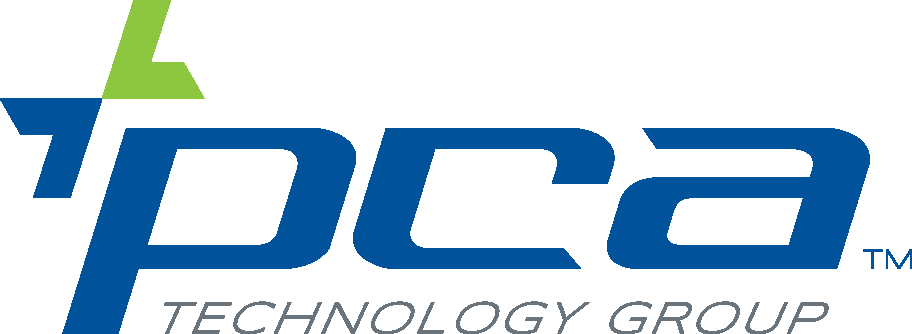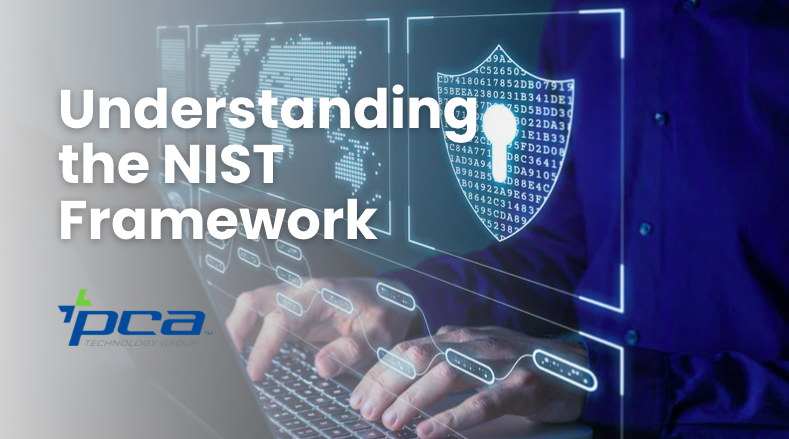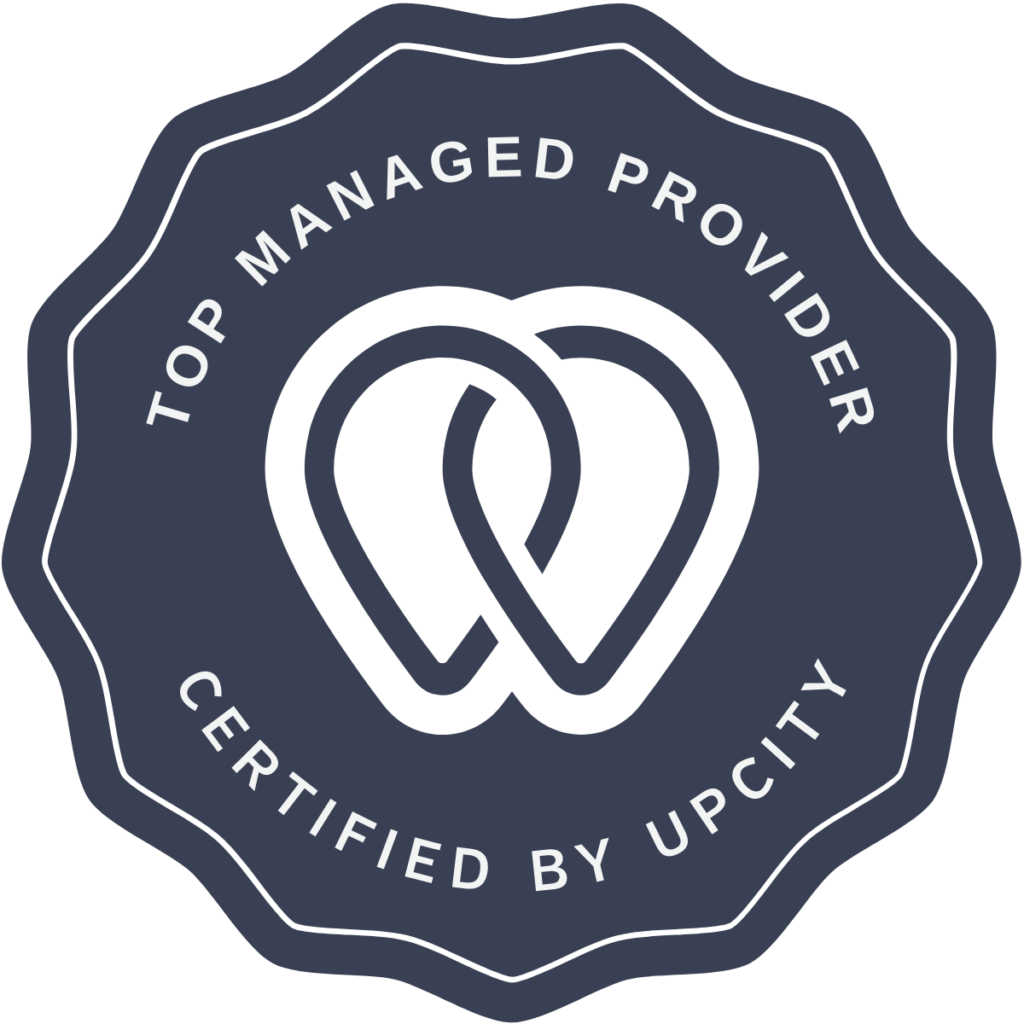In our increasingly interconnected world, cybersecurity has become a top concern for all businesses. The NIST Cybersecurity Framework has emerged as a leading guide for managing and mitigating cyber risks. Developed by the National Institute of Standards and Technology (NIST) in the U.S., this comprehensive guideline provides a structured approach to enhance cybersecurity resilience for businesses of all sizes and industries. Here, we will delve into the key components of the NIST Framework and explore how it can benefit your business.
Framework Overview
The NIST Framework was first introduced in response to the growing threat landscape and the need for organizations to establish effective cybersecurity practices. It offers a set of guidelines, best practices, and standards to help organizations manage cybersecurity risks. The framework is applicable to organizations of all sizes — from small businesses to large enterprises. Many Managed IT Service Providers (like us!) also use the framework to help guide and support managed security services. To see an example use case scenario for the University of Chicago, visit the NIST website here.
Core Functions
The NIST Framework is built upon five core functions, which provide a high-level view of cybersecurity activities:
- Identify: Understand the organization’s assets, including systems, data, and applications. It also entails identifying potential risks, vulnerabilities, and the overall impact of a cyber incident.
- Protect: Safeguard assets through the right security measures. This includes activities such as access controls, data encryption, cybersecurity awareness training, and vulnerability management.
- Detect: Identify cybersecurity events promptly. Monitor systems, conduct regular threat assessments, and establish incident response solutions.
- Respond: In the event a cyber attack occurs, the respond function outlines the necessary steps to contain the impact, mitigate vulnerabilities, and restore normal operations. This is where an incident response plan comes in handy!
- Recover: After an incident occurs, systems and services should be properly restored. This may involve data recovery, system restoration, and analyzing security gaps to improve future incident response tactics.
The framework also defines four implementation tiers to help standardize an organization’s security status. They range from Tier 1 (Partial) to Tier 4 (Adaptable) based off cybersecurity risk awareness, security practices, and threat responses.
Benefits of Adopting the NIST Framework:
Implementing the NIST Framework offers numerous advantages. In addition to an improved cybersecurity defense, other key benefits include:
- Risk Management: The framework helps businesses identify, assess, and mitigate cybersecurity risks effectively. By following its guidelines, businesses can align their cybersecurity efforts with their overall risk management strategies.
- Scalability and Flexibility: The framework’s flexible nature allows businesses to tailor it to their unique needs. It accommodates all sizes and industries, too.
- Common Language: The NIST Framework provides a common language for discussing cybersecurity risks and practices. This facilitates communication among stakeholders, promotes collaboration, and enhances an organization’s overall security posture.
- Continuous Improvement: With ongoing assessment and improvement, businesses can use the framework to measure their cybersecurity maturity and identify weak areas or security gaps.
Ready to Level Up Your Security? Contact PCA!
With our robust cybersecurity offerings based on the NIST Framework, you can rest assured that your business will stay protected. We remain committed to educating all of our clients about the importance of a strong cybersecurity posture — in fact, it’s one of our top commitments. Designed with layers of protection, we will help you protect against modern threats and meet the increasing requirements for cyber liability insurance. Learn more about our services or contact us directly. We look forward to working together!


